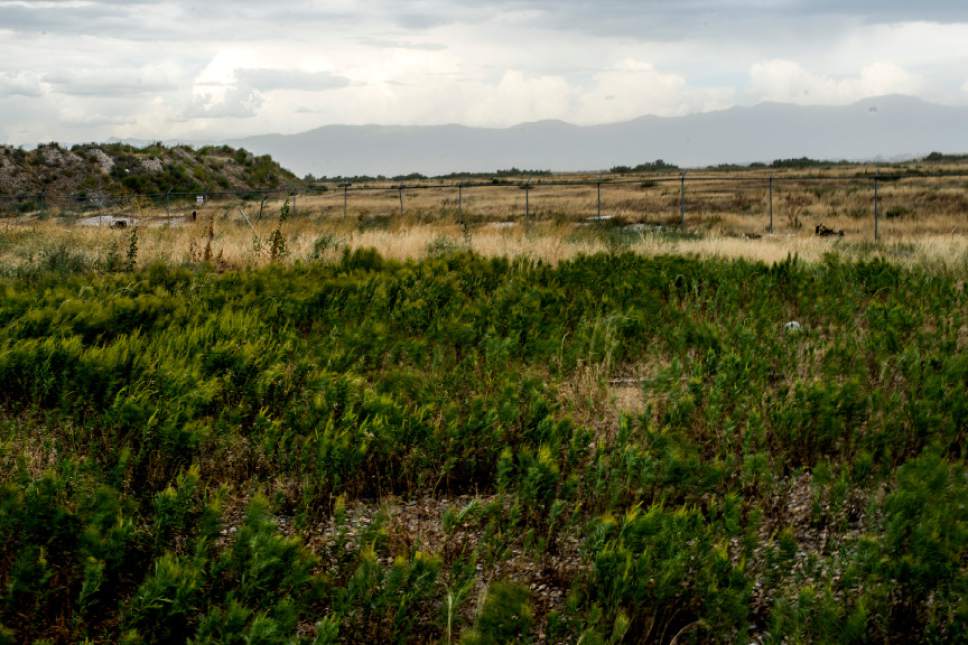This is an archived article that was published on sltrib.com in 2016, and information in the article may be outdated. It is provided only for personal research purposes and may not be reprinted.
Utah has acquired 323 acres in northwest Salt Lake City near the Great Salt Lake for construction of a new state prison.
The site selected by the Prison Relocation Committee was purchased for $12.4 million, significantly lower than the $30 million state officials originally estimated.
State officials believed they may have had to buy up to 600 acres. However, engineers determined wetlands could be protected by a facilities alignment that provided a buffer for sensitive land with fewer acres, said Marilee Richins, deputy director of the Department of Administrative Services.
Officials have applied with the U.S. Army Corps of Engineers for a permit to build in the wetlands area, Richins said. She anticipates the process could be completed in January.
Gov. Gary Herbert said the state's priority has been to get the best return for every dollar spent.
"The new facility will provide for the most modern, effective and efficient criminal-justice system in the country," he said, "a prudent system that will keep our communities safe, reduce recidivism and respect the taxpayer."
But Friends of Great Salt Lake fear construction in that area may harm habitat needed by migratory birds.
"Putting the prison in the northwest quadrant was the least-desirable selection," said Lynn de Freitas, the organization's executive director. "It puts it into a section of more sensitive landscapes."
Despite being involved in discussions with state agencies, Friends of Great Salt Lake did not always have timely access to technical data, she said. In at least one instance, the group had to request documents through the open-records law. "We got the information after the decision," de Freitas said.
By contrast, a statement from the Department of Administrative Services said the area has been studied for potential environmental constraints and compatibility with adjacent land uses.
"These site assessments and careful study on how to protect wetlands and other environmentally sensitive areas on the site resulted in the state being able to purchase far less land than anticipated."
Eric Tholen, director of the Division of Facilities Construction and Management, said work will begin on the site in coming months. The prison will take about four years to complete.
"This specific site best meets the needs of the Department of Corrections staff, volunteers and inmates," he said, "while at the same time addressing the interests of the community and environmental stakeholders we have worked with."
The new prison will allow the state to expand treatment and educational programs that will make the public safer by reducing the chance that people will commit new crimes after release, according to Rollin Cook, executive director of the Department of Corrections.
"This new correctional facility is part of an overall strategy to improve our criminal-justice outcomes, enhance the safety and security of our corrections system, improve operations, and reduce recidivism," he said. "This strategy will help slow the growth in the number of offenders being incarcerated and the costs to provide additional prison beds."
— Information about the new correctional facility can be found at newutahstateprison.utah.gov. Updates are also available by following the project on Twitter at @NewUtahPrison



